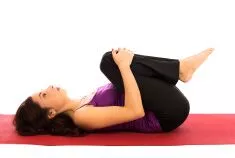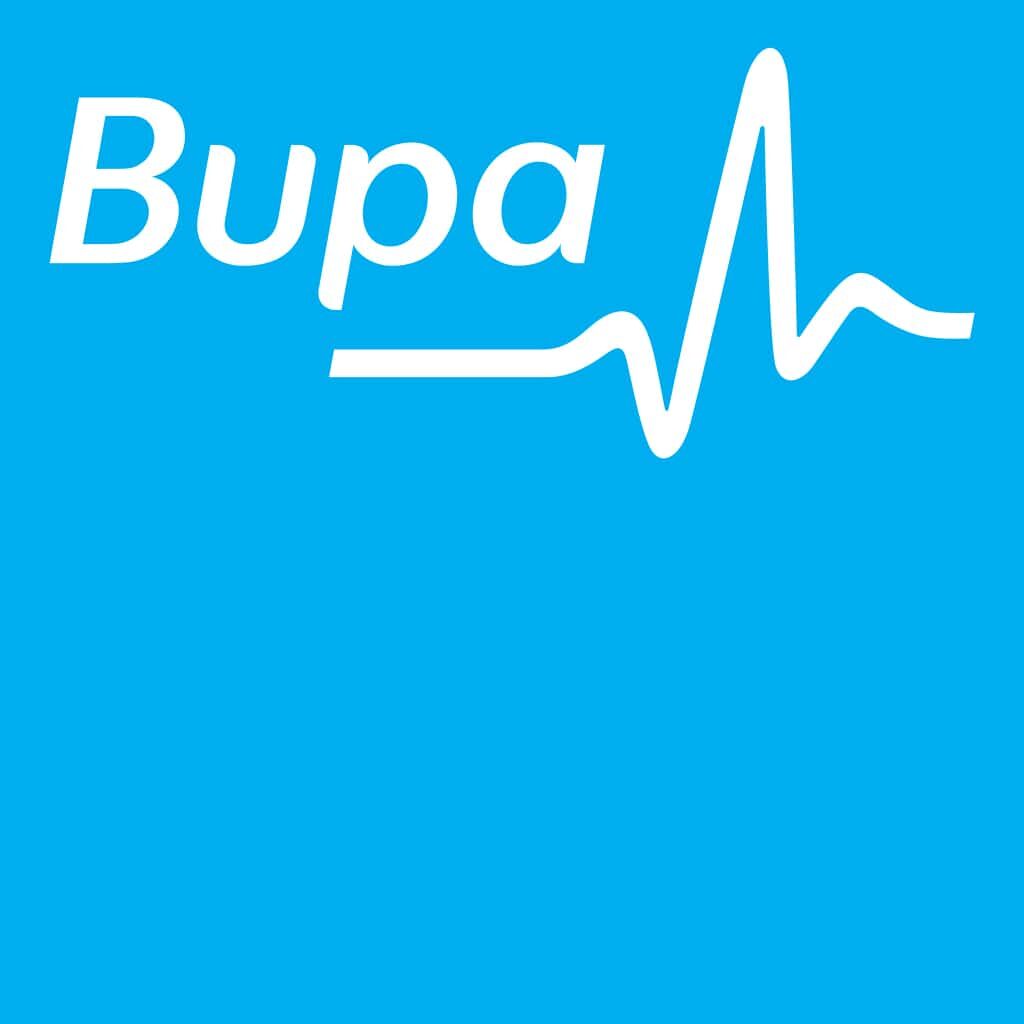Advice
Below is some general advice that is designed to relieve pain and discomfort with stretches, postural advice and movement exercises. In some cases, stretches can bring fast relief. If they have not made much change after 2 days you need more help. Postural and movement patterns are built up over a lifetime, it will take time to make changes. You will need to persevere. It will be worth the effort.
The advice here is general. When you are in pain it is often best to seek professional advice. Hands on treatment often brings much faster relief. Many people will need advice designed specifically for them. This can only be done with a personal consultation. If you would like to make an appointment please book online or call the clinic. Tel 01962 717817

Stretches to relieve back pain
There are many gentle stretches that can help when in pain. Most of them however need to be taught under supervision, because, if done incorrectly, could result in a worsening of the symptoms. What follows are some safe stretches for the back muscles. They should only cause some minor discomfort / feeling of stretching in the back, but should not worsen the pain. If you find it painful, discontinue it immediately. Please contact the clinic to speak to a chiropractor or to book an appointment.

Buttock/upper thigh stretch
- Hold the stretch for 20-30 seconds. Repeat on the other side
Knee to opposite shoulder
- Hold for 20-30 seconds. Repeat on the opposite side
Knees to chest
- Hold for 20-30 seconds
Side bends
- Repeat on the opposite side. Hold each stretch for 20 -30 seconds.
Buttock/Piriformis stretch
Cat-camel
Cat stretch
- Hold for 20 -30 Seconds.
Posture, Movement and Relaxation
Stretch your spine whilst standing
Stand straight with your feet hip width apart and pointing forward. Balance your weight equally between your feet and just in front of your heels. Imagine a piece of string is attached to the top of your head and to the ceiling above you. Imagine the string pulling your head and neck upwards to the ceiling. This will allow your neck to lengthen. Now imagine a weight is attached to your tailbone. Let it stretch your spine downward so that as your neck stretches upwards your low back stretches down. This will gently separate the vertebrae of your spine and stretch the muscles of your neck and back.
This is an easy exercise to do at the office or out and about when you are shopping. Do it when you are standing in queue. Be careful not to hunch your shoulders whilst you are doing this exercise. Remain relaxed and keep breathing normally.
Movement and relaxation
Many activities in day to day living eg sitting at a desk using a computer, doing a repetitive job or sport eg painting or brick laying, playing hockey, football or running, worry or stress often cause us to carry excess tension in our muscles.
Over a short period of time this will probably not cause problems but over days, weeks and years the affects can become problematic causing chronic pain in the neck, shoulders, hips or back. Treatment at the Twyford Chiropractic Clinic includes both hands on therapy to help your joints move more freely and your muscles relax as well as exercises that will help you learn how to move in a way that suits your body reducing tension so you move more efficiently.
Postural and movement patterns are built up over a lifetime, it will take time to make changes. You will need to persevere. It will be worth the effort.
Prolonged Sitting
Sitting Microbreak
ove your bottom to the edge of your seat. Sit up with your shoulders, your back and your neck straight and with your head back over your shoulders, not forward. Have your feet flat on the floor and your thighs sloping down so that your knees are lower than your hips. Hang your arms down by your side with your palms facing forward. Hold this position for 20 seconds. Every hour take a longer break, eg walk around the room, do a different job, make a cup of tea.
Make sure that your chair is the right height, that the computer screen is placed correctly in front of you and that you are comfortable whilst using it. If you have a swivelling chair, use it rather than twisting your upper body.
Postural exercise to help prevent/reverse round shoulders and head forward posture
- Sit like this for 5 – 10 minutes
Straighten up UK
Learn how to improve your posture in three minutes with the BCA’s quick exercise programme “Straighten Up UK”. Designed to strengthen the spine and help your joints work properly, it’s suitable for all ages, just visit the British Chiropratic Association Website.
Postural exercise to help prevent/reverse round shoulders and head forward posture
- Sit like this for 5 – 10 minutes
Straighten up UK
Learn how to improve your posture in three minutes with the BCA’s quick exercise programme “Straighten Up UK”. Designed to strengthen the spine and help your joints work properly, it’s suitable for all ages, just visit the British Chiropratic Association Website.
Lifting
Movement and relaxation
Many activities in day to day living eg sitting at a desk using a computer, doing a repetitive job or sport eg painting or brick laying, playing hockey, football or running, worry or stress often cause us to carry excess tension in our muscles.
Over a short period of time this will probably not cause problems but over days, weeks and years the affects can become problematic causing chronic pain in the neck, shoulders, hips or back. Treatment at the Twyford Chiropractic Clinic includes both hands on therapy to help your joints move more freely and your muscles relax as well as exercises that will help you learn how to move in a way that suits your body reducing tension so you move more efficiently
Postural and movement patterns are built up over a lifetime, it will take time to make changes. You will need to persevere. It will be worth the effort.
Alexander Technique Exercises to help your muscles relax, improve posture and relieve pain
Recommended reading “The Posture Work book” by Carolyn Nicholls. This is an excellent easy to follow guide. I have used the exercises myself and recommend them to others.
Active Relaxation semi supine
Lie on your back with your knees bent up so that your feet are flat on the floor. Your feet should be approximately hip width apart. Rest your head on a book or a small pile of books between 1 and 2 inches high. Your neck should feel relaxed, not pushed up or falling backwards. Your arms should be bent at the elbows and hands lying flat on your abdomen. During this exercise do not let your knees fall inward or outward rather always lengthening upwards.
Take a moment to allow yourself to become ‘quiet’ and relaxed. Now the active part begins. Remember there is no physical or muscular effort in this exercise it is about thoughts and visualization.
Begin by asking your body to lengthen so that your head and your coccyx move away from each other. Do not force this, do not use physical effort just imagine your body lengthening.
Ask the front, the back and the middle of your neck to lengthen and be free of tension. As your neck and body lengthen your upper back will widen and relax.
Now focus on your legs, think about your thighs and knees lengthening towards the sky. Keeping your feet still imagine your toes lengthening away from your heels and your forefoot widening.
Move your focus to your armpits, let them widen away from each other, imagine each shoulder lengthening away from your spine. Now imagine your upper arm lengthening from your shoulder/armpit to your elbow. Then, from your elbow to your wrist and hand. Finally let your fingers lengthen away from your hand.
You should carry out this exercise daily – ideally for 20 minutes. If you can only manage 5 minutes, still do it. It will help your muscles learn to relax and reduce the amount of tension they carry.
Head rotation
Sit down on your “sitting bones” with your feet flat on the floor. Imagine your head and neck lengthening towards the sky. Then imagine your whole spine lengthening. Now imagine your left shoulder moving outwards away from you so that it lengthens and opens. Relax for a moment to check you are still breathing. Now leading with your nose turn your head to the left and then back to the centre.
Repeat with the right shoulder and right rotation.
Repeat 5 times on each side.
Shoulder rotation
Stand with your wait balanced evenly between left and right side. Imagine your spine lengthening. Let your arms lengthen downward so that your fingers are pointing towards the floor and palms turned inward to your thigh.
Place your right hand flat on your chest just below your collar bone. This hand is resting and feeling the movement in your left shoulder.
Now rotate your left arm at the ball and socket shoulder joint at the top of your arm. Make sure the movement is happening at this joint so that the shoulder leads and the hand follows. Rotate until you palm faces forward. Be conscious that your shoulder does not lift or hunch upwards, you should feel slight downward motion of your shoulder blade on your ribs. Let your arm turn in one continuous motion it will move so that it is about a foot away from your body. Keep turning your arm until your palm is facing the ceiling. Be sure you are still breathing. Let your fingers and arm lengthen and feel your back widen.
Now let your arm bend at the elbow so that your forearm lifts and fingers come up to rest on your shoulder. Make sure your neck is straight, not tilted to one side. Again lengthen your spine. Now making sure that the movement comes from the ball and socket joint draw circles with your elbow.
Now let your left arm relax back down to your side and repeat the exercise on the other side.
Repeat 3 times on each side.
A Guide to Better Movement by Todd Hargrove
Todd Hargrove is a Feldenkrais practitioner and Rolfer he has written extensively. His book, A GUIDE TO BETTER MOVEMENT is easy to read, helping you understand why you are experiencing pain and how you can learn better movements to combat pain. There are 25 movement exercises in the last chapter that I have used myself and recommend to others.
When should I be worried about my back pain?
- A high temperature (fever)
- Unexplained weight loss
- A swelling or a deformity in your back
- It’s constant and doesn’t ease after lying down
- Pain in your chest
- A loss of bladder or bowel control
- An inability to pass urine
- Numbness around your genitals, buttocks or back passage
- It’s worse at night
- It started after an accident, such as after a car accident
If these apply to you please contact a medical doctor, see your GP or go to accident and emergency.
If you would like to speak to me please call 01962 717817






